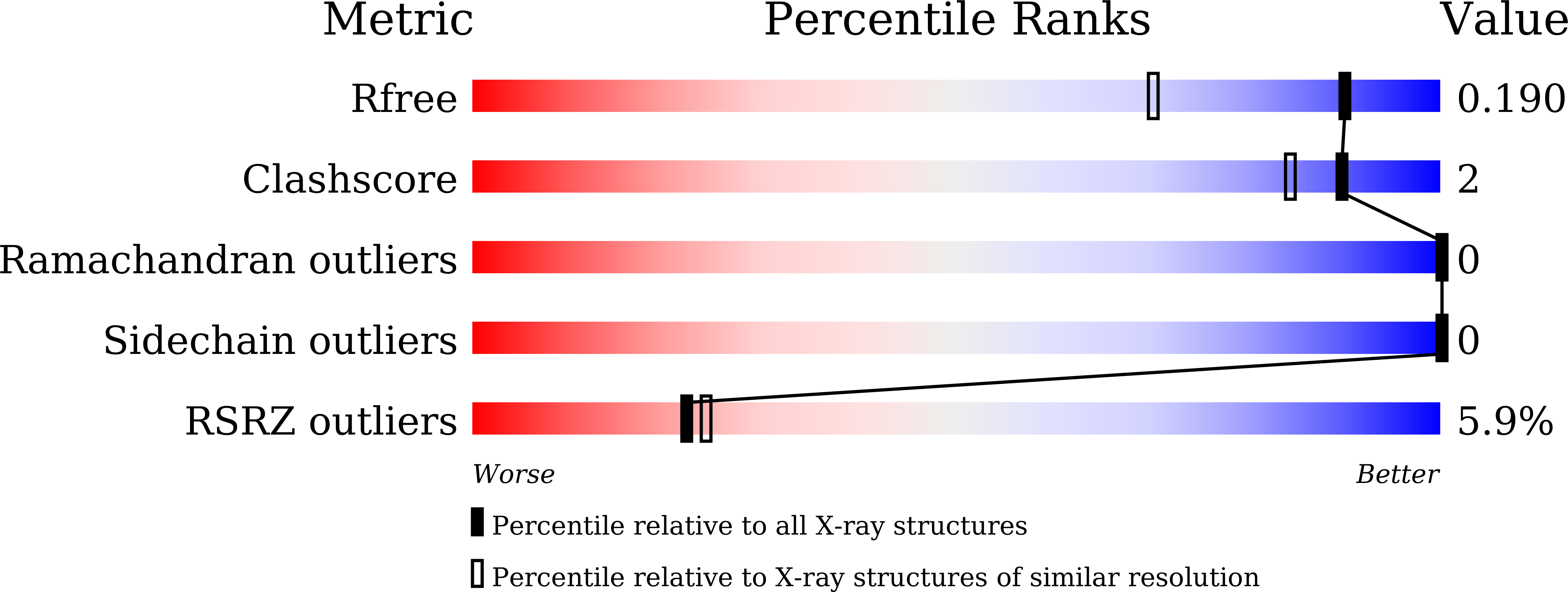
Deposition Date
2022-03-09
Release Date
2022-12-21
Last Version Date
2023-11-29
Method Details:
Experimental Method:
Resolution:
1.49 Å
R-Value Free:
0.19
R-Value Work:
0.16
R-Value Observed:
0.16
Space Group:
P 1


